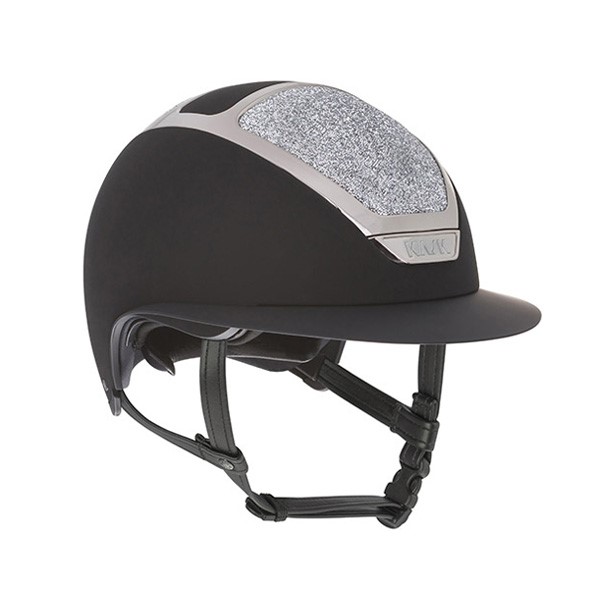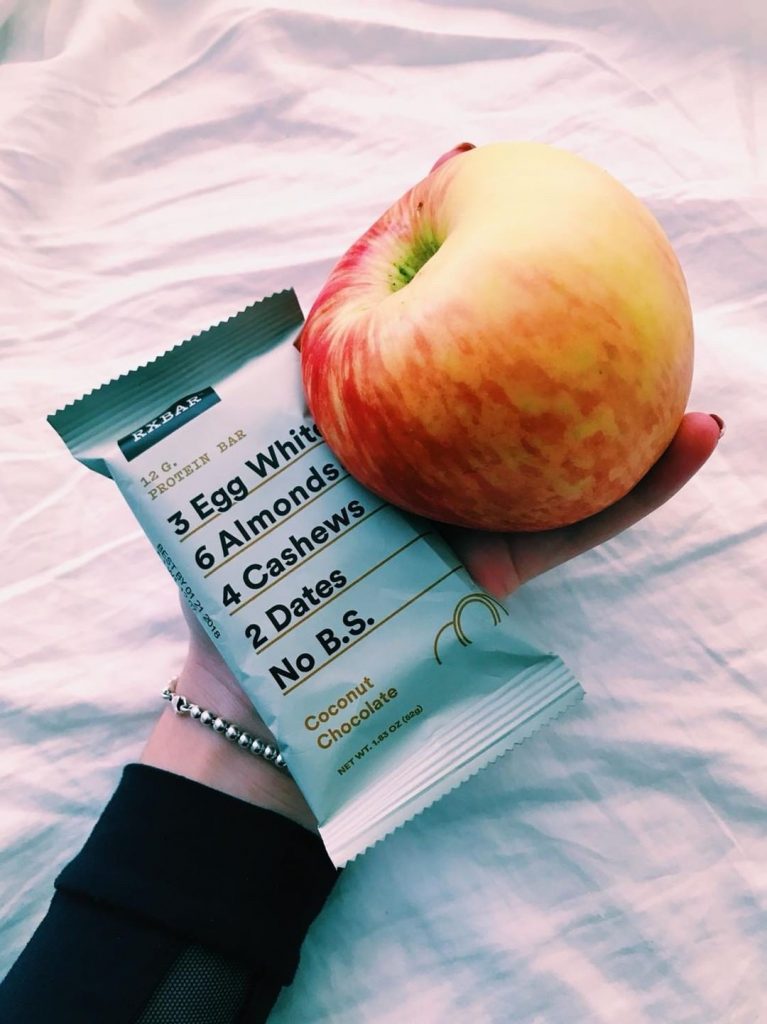This advice could save your life!
Many dedicated trail riders saddle up year-round. You’ll catch them riding on the hottest days in summer and coldest months of winter. Even if you’re not a diehard, trail riding can still be dangerous. The most beautiful of days can quickly turn sour with rain, a loose shoe, or a deer jumping out. Make sure you’re prepared by following these tips!
Stay equipped year-round: Each season has its own challenges. In winter, you’ll need to worry about snow and ice. While in the summer, heat exhaustion, mountain bikers, and wildlife can be problematic. Other times, hunters will be out. Don’t forget your neon colors!
Dress the part: Proper attire is essential! Pants, long shelves, and gloves will protect your body from tree branches. In the summer, you can find breathable fabrics that’ll keep you cool. On the other hand, you may want to pack hand warmers and a spare blanket in the winter. A fold-up waterproof poncho can be useful in the spring and fall. You never know when a surprise storm can pop up.

Protect your head: We all know the importance of a riding helmet. Trail riding is no different! A cowboy hat may look cool, but it won’t protect your head from a spill. The ground on the trails can be hard and rocky. A fall can be life-threatening, especially without a helmet.
Know your path: It happens to the best of us… getting lost! It’s smart to stay on designated horse trails and avoid straying. If you can, get a map of the area and keep it with you. Another good idea is to download a GPS app. Your phone should be able to guide you back home. Make sure it’s charged though!
Ride with a friend: Fun and safer, riding with someone else is a great idea. Not only do you have someone to chit-chat with, but in the event of an emergency they are there to help. This person can hold your horse, make emergency phone calls, and administer first aid. Plus, many horses feel more comfortable with another nearby. Your horse is less likely to spook or take off with you.

Pack refreshments: Water and snacks can be useful when rides become longer than you expected. Trail mix, protein bars, and dried fruit all make good options. They’re easy to store in a saddle bag and won’t go bad quickly. Water will keep you hydrated, which is a must in hot weather.
Bring tools: Packing a few handy tools and first-aid items can prove to be beneficial. Consider adding a pocket knife, scissors, tweezers, a hoof pick, and baling twine to your saddle bag. A small first-aid kit can also be helpful in the event you or your horse injuries themselves. Some items may include Band-Aids, antibiotic ointment, adhesive tape, and gauze pads.
Carry your phone: Your cell phone can be used in an emergency. It’s advisable to keep it on silent and attached to your body. There are thigh and arm bands that will hold it. If you were to fall off and your horse gallops away, then you’ll be able to call for help. Do consider the fact you may have trouble getting a signal though!
Choose a good pace: The terrain and weather conditions should influence your speed. Go slow and steady through uneven or slippery ground. You should also be careful trotting or cantering in open areas. Groundhog holes and hidden roots can show up when you least expect it.
Know your horse: You should be familiar with your horse and what sets them off before you go on a trail ride, especially if you’re planning to go alone. Ask yourself: Does your horse take off when spooked? Will deer or hikers make your horse uncontrollable? Do they yield away from pressure? Will they stand if you have to mount from a log?
Trail riding is both exciting and fun! Before you go on an adventure, make sure you’re properly prepared.
**
Emily Fought discovered her passion for horses early on in life. When she isn’t writing about them, you can find her in the barn riding. Although Emily’s background is in dressage, she enjoys cross-training and is an avid trail rider. She resides in Northwestern Pennsylvania with her husband and small dog. Together, they own and operate Humblewood Farm.



